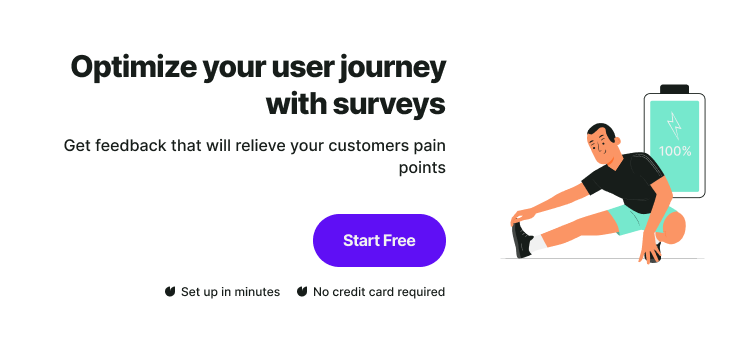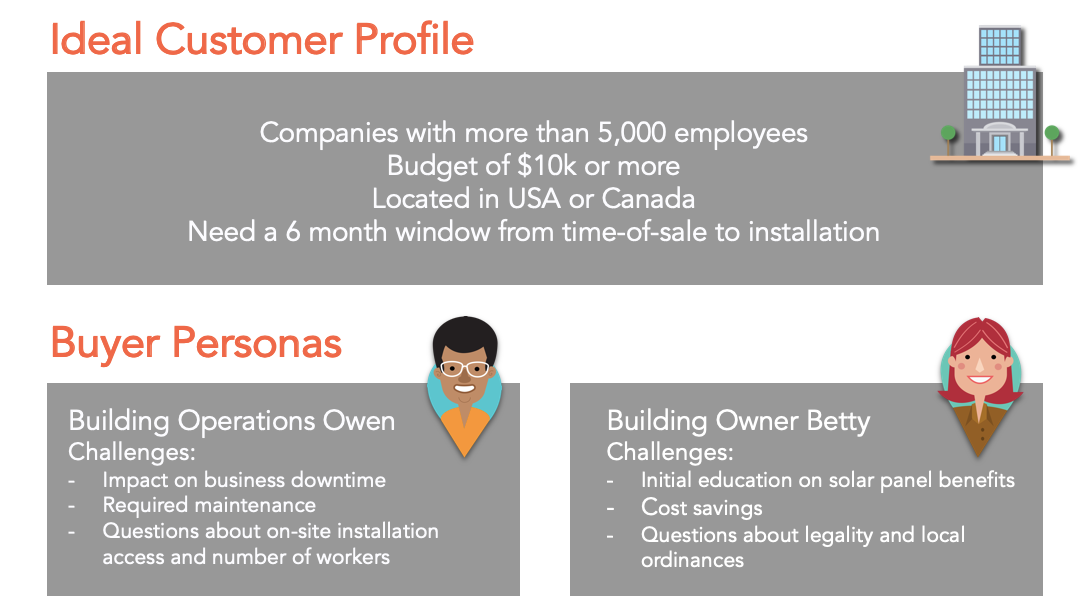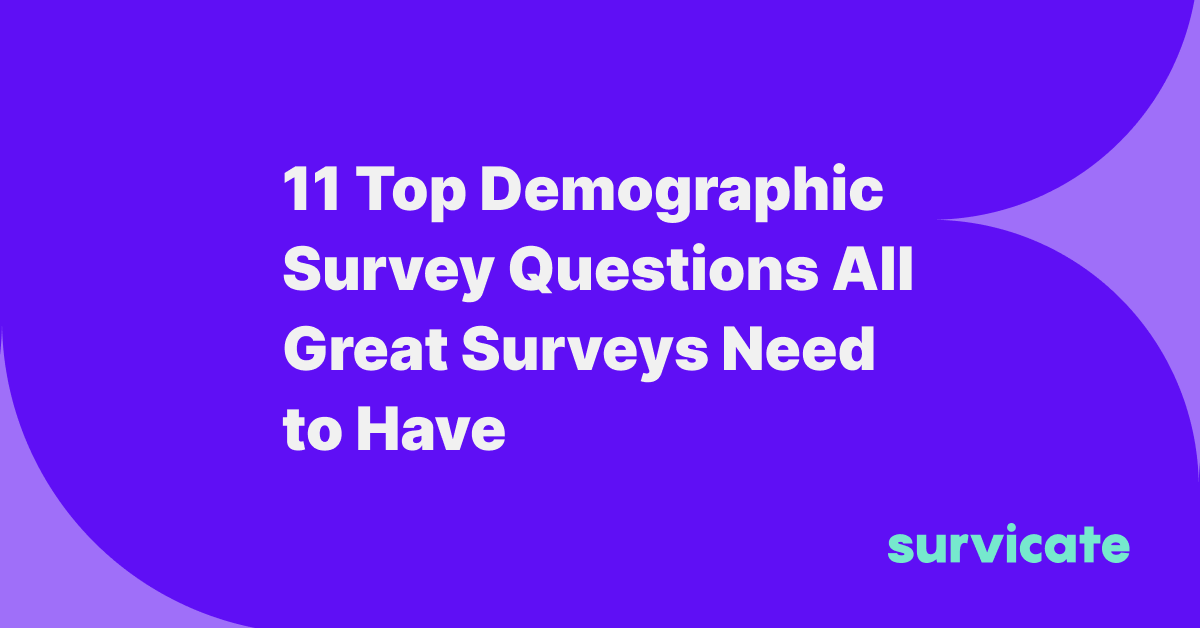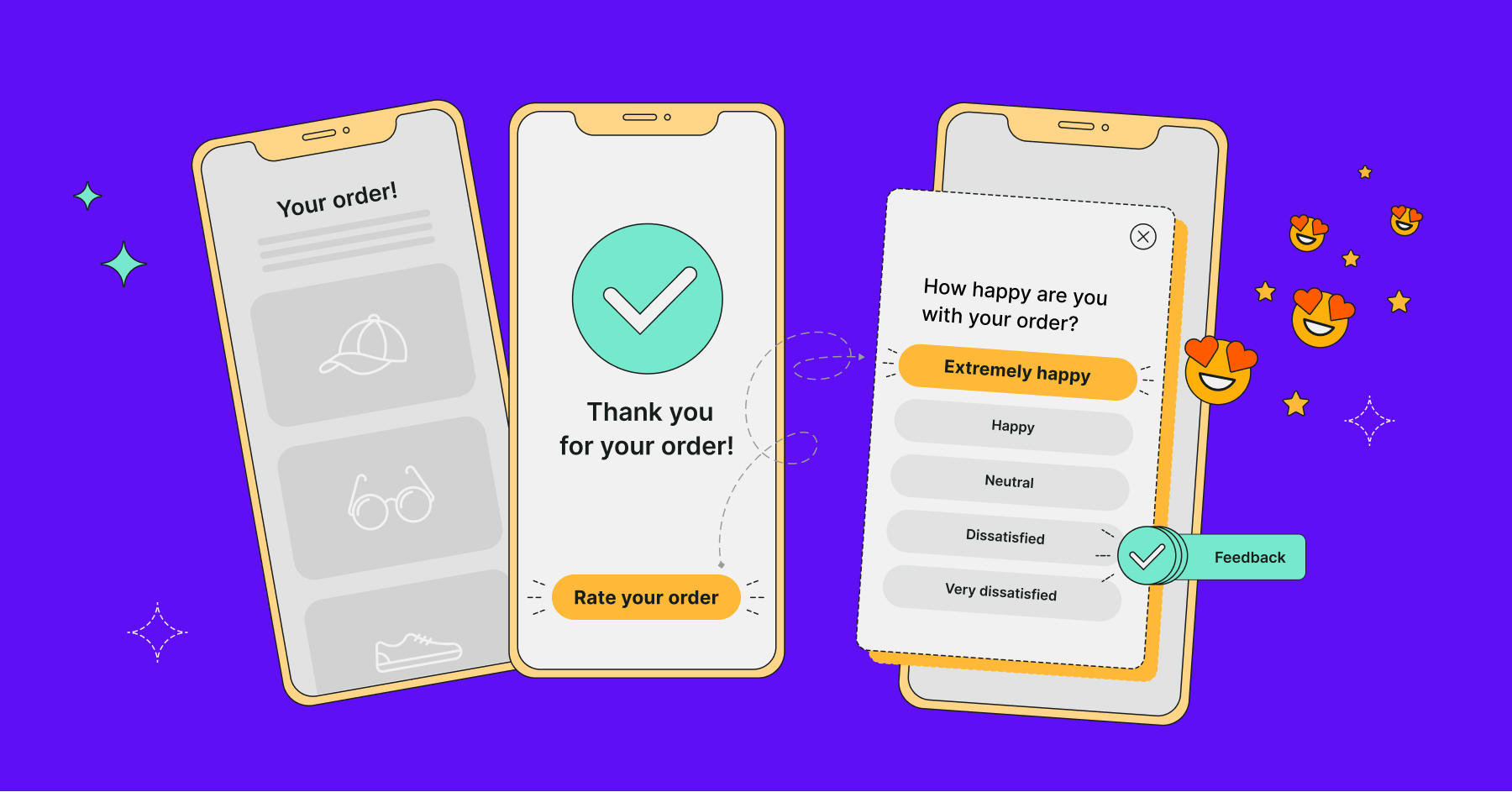If you’re selling to everyone, you’re selling to no one. To become exceptional at selling your product or service, you need to know exactly who your target audience is.
Bad businesses make assumptions and good businesses rely on data. Sometimes, the best way to find out who your buyers are is to simply ask them. The quickest and most efficient method to do this is by running a demographic survey and asking the right questions to get precious demographic data.
Today, we’ll show you everything you need to know about demographic surveys: what they are, and how to create and use them.

What is a demographic survey?
A demographic survey is a type of survey that helps you find out the basic characteristics of your target audience.
These include age, gender, occupation, annual household income, employment, marital status, and many others. Demographic surveys help you learn more about your target audience so you can adjust your marketing and sales strategies and position your product or service.
Using survey software such as Survicate, you can create a dedicated demographic survey with nothing but these specific questions. However, you can also include demographic survey questions in other survey types such as customer feedback surveys.
Why are demographic questions important?
Demographic questions are one of the most basic question types that you can ask. They can reveal a lot about your (potential) target audience. Here are some reasons to consider them in your next survey and get the most out of your demographic research.

As you can see from the image above, getting more data than just basic demographic details is crucial for your marketing campaigns.
Even though some demographic data is identical for Ozzy Osbourne and Prince King Charles, they lead completely different lives. Imagine the kind of customer service experience you would create by focusing on just one of these personas.
#1 They identify your current target group
You may be thinking that you’re selling to Millennials with double income and no kids (known as DINKs). In reality, a completely different audience comprised of unmarried Gen Z members could be the ones buying your products.
Demographic questions are the best way to verify any assumptions you may have about the people that are interested in what you’re selling.
#2 They identify patterns
Running demographic surveys lets you spot trends in customer behavior. For example, you might find that you have the highest number of detractors in a certain age group, or that one gender gives better CSAT scores for your product. This can help you shape your customer support, marketing, and sales efforts.
#3 They help you rely on hard data, not assumptions
If you sell a wide variety of products (e.g. in an e-commerce store), you can use demographic data to find out who your buyers are. If there is a mismatch between your assumptions and the actual demographics, you can adjust your offer to reflect the people who visit your website.
#4 They help create and refresh your ICP
An ideal customer profile (ICP) is the backbone of every great marketing and sales campaign. Without it, you’re shooting in the dark and you’re selling to everyone, which is the worst possible target audience. Demographic data such as marital status or current employment status can help you create and update your ICP with quantitative and qualitative data.

#5 They help do customer segmentation
Segmentation may sound like a chore but with a highly segmented audience, you get better marketing and sales metrics across the board. Once you have data from demographic questions, you can drill down and segment your target audience to create more personalized offers that resonate and convert better.
Good practices for asking demographic survey questions
You don’t have unlimited opportunities to ask demographic questions to your survey respondents. This is why it’s important not just to ask the right demographic questions but to do so the right way. Here are some tips.
#1 Always include “prefer not to say”
In this day and age, many people are understandably concerned about who collects their data and why. Some of your survey respondents will not be comfortable sharing their sensitive information, so don’t force them. Instead, leave an option for them not to share demographic information in a survey response.
#2 Frame your question in an unbiased manner
Leading or biased demographic questions are an easy way to ruin a perfectly good demographic survey. To avoid them, make sure to frame the question in a way that is neutral. For example, you won’t ask someone “Do you consider yourself wealthy?” when “What is your annual household income?” is a better, unbiased alternative.
#3 Explain why you need demographic data (if applicable)
Following up on point #1, your customers may be willing to provide more demographic information if you give them a reason.
For example, asking your subscribers to give you demographic data so you can send more relevant emails can be a compelling enough reason to get better response rates.
#4 Avoid survey fatigue with too many questions
Asking too many questions, sending online surveys too frequently, and having too many open-ended questions can all cause survey fatigue. Make sure to pace your surveys and ask a handful of questions at a time—and even that may be too much if you want to learn the basics.
#5 Gather data anonymously for more success
One way to address your customers’ concerns about the data you collect from demographic questions is to make your surveys anonymous. You’ll still get all the data you need, but you won’t be able to tie specific responses to specific customers. Survey software such as Survicate lets you toggle anonymous surveys with one click.
Make sure there is no overlap
Your surveys should be simple and not make your respondents guess. If you have multiple choices for, let’s say, income, split them up into ranges, such as $35-39k or $40-45k, for example. If you were to put $35-$40k in the first response and $40-45k in the second, there would be an overlap. As a result, the demographic information you get will be inaccurate. This applies to other types of demographic survey questions, such as age.
Stay away from offensive and unclear questions
Being asked about biological gender might not be received well by your customers. Use common sense when asking demographic questions, no matter who you’re selling to. If something seems like it can be offensive, it’s best to err on the side of caution and skip it.
Add demographic questions at the end of your survey
Asking dozens of demographic questions might not be a successful strategy.
However, what’s even worse is to do so at the very start of your survey, as your customers might be put off by the amount of information that is required before they even start the actual survey.
While it’s not a rule of thumb to put these questions last, doing so might increase your completion rate. Users who already spent some time filling the survey out might be more willing to complete it despite an extra round of questions waiting for them.
Demographic question examples
Now that you know why demographic questions are helpful, let’s share some practical examples you can use in your surveys today.
Age-related questions
There is not a lot of variety you can use here, so just make sure to follow our advice from earlier and avoid overlaps. Listing age ranges is the way to go unless you really need a specific age for some reason.
- How old are you?/Which age group do you belong to?
20-25
26-30
31-35
36-40
Of all demographic question types, age-related questions hold the most power. They allow you to assess if you target your desired audience.
Since you provide your respondents with age ranges—without having to specify the actual age—you might see a high completion rate here. This allows you to check for similarities, differences, and other comparison factors between various groups.
Gender-related questions
Instead of asking which gender your respondents are, ask them which gender they identify as, always leaving options for “other” and “prefer not to say.”
Perhaps you sell athletic gear and you want to know if your buyers are predominantly male. This is the kind of question to ask to get better insights on what to sell and how to market it properly:
- Which gender do you identify as?
Male
Female
_______
Other
Prefer not to answer
Ethnicity-related questions
Different ethnicities will have different culture and customs and the way you approach them in your marketing can make or break your campaign. Adjust this question based on the country and state of your audience to get important cultural details for your campaigns.
Only ask ethnicity-related questions when you need them for a specific purpose, such as doing deep market research. It’s a sensitive question, so thread lightly and don’t ask it without a good reason.
- What is your ethnicity?
African American
Caucasian
Asian
Native American
Latino
Multiple/Other
Prefer not to say
Education-related questions
Knowing the education level of your survey participants can make a major difference between a successful marketing campaign and a failure. How you handle these customer segments in your messaging will be wildly different for someone with a university education and someone who went to trade school. It’s crucial to allow “prefer not to state” as an option here, as well as provide options for trade schools and apprenticeships.
- What is your education level?
Some amount of high school education
High school
Trade school
Apprenticeship
Bachelor’s degree
Master’s degree
Ph.D. degree
Prefer not to answer
Employment-related questions
This can be an important factor for any business because whether someone is employed or not can make a difference to their purchasing power. However, remember to give your respondents the option not to share their employment status.
- What is your employment status?
Employed full-time
Employed part-time
Unemployed
Retired
Prefer not to say
Location-related demographic questions
This is as simple as it gets—just asking participants about their geographic location. It depends on where your target audience is, so if you trade globally, make sure to list continents rather than states.
- Where are you located?
Europe
North America
South America
Australia
Africa
Asia
Other
Marital status demographic questions
This is another simple question type with not much variation.
- Are you married?
Yes
No
If marital status is your only concern, you can leave the question as is. Otherwise, you can expand it with options such as single, divorced, and widowed. Facebook has had the infamous “it’s complicated” as a relationship status for more than a decade now, so you can try out this option, too.
Income demographic survey questions
Many respondents will prefer not to answer this question, especially if your demographic survey is not anonymous. Usually, the question pertains to household income, which includes the income of the respondents and every other person in the household. This is a powerful piece of demographic information that can guide your sales efforts and your marketing campaigns, especially when combined with the employment status.
- What is your household income?
Less than $50,000 annually
$50-70,000 annually
$70-100,000 annually
$100,000+ annually
Prefer not to say
Miscellaneous demographic survey questions
There could be various types of demographic questions that don’t fit the standard mold but can help you understand and classify your audience better to make more informed decisions about positioning and marketing.
You could ask your existing and potential customers about the language they speak for better targeting. You might also want to use that information to introduce new content in their language or hire a dedicated support agent fluent in the language.
- Which languages do you speak fluently? (you can select more than one)
English
Mandarin Chinese
Spanish
French
German
Japanese
…
Other (fill in the blank)
You can also ask about political affiliation if you want to market to a very specific audience segment. This is a very sensitive topic, so make sure to include “prefer not to say” as an option.
- What is your political affiliation?
The Democratic Party
The Republican Party
Other
Prefer not to say
Or, if you want to get into even more sensitive topics, you can ask about religion. There are very few reasons to ask this question for marketing purposes, but it might come in handy if you’re doing market research.
- What is your religion?
Christianity
Judaism
Islam
Hinduism
Buddhism
Other (fill in the blank)
Prefer not to say
You can also ask about your respondents’ relatives. This demographic information can help you find out whether you’re marketing to single people or parents living with children. Also, knowing how many children someone has can be an important detail.
- How many dependents do you have in your household?
0
1
2-4
4+
Prefer not to say
How to create the perfect demographic survey with Survicate
Did you know that creating a demographic survey is something you can do in five minutes? Just create your free Survicate account, grab a demographic survey template and share it wherever you want to collect responses from your target audience. Use the existing survey questions in the template, or start your own survey from scratch.
After reading this article, you probably feel like a pro when it comes to demographic questions in surveys. In fact, you don’t need any prior experience to start using them on your own.
Whether you want to create an entire demographic survey or add demographic questions to another survey type, Survicate has just what you need. Dive into the world of customer feedback analysis with Survicate's free account. Start your 10-day trial today, with access to essential features, here, and check out our pricing.

.webp)






.svg)
.svg)
.svg)

.svg)


.svg)







.svg)




.svg)

















.svg)






























.svg)

.svg)
.svg)

.svg)



.svg)







.svg)

.svg)



.png)
.jpg)



